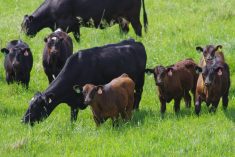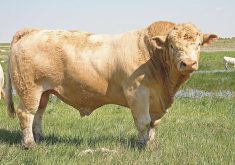Farmers write policies all the time, in employee handbooks, or other policy documents, as a way to communicate responsibilities to their employees. And in fact, employees need to understand their roles and what is expected of them before they step into a tractor or enter the machine shed.
But when it comes to health and safety policy statements, it’s a two-way street. Employees need to know that they have a responsibility to conduct themselves in a safe manner, and employers also have a responsibility to communicate their commitment to safety to those who work for them.
Read Also

Grazing ‘sweet spot’ boosts pasture performance
Timing-focused approach to pasture management touted to boost forage growth, livestock gains while also cutting farmer labour and inputs
So when developing safety policies, here’s what you need to do.
Start with a general health and safety policy statement. This statement should outline your health and safety philosophy and the objectives of your safety plan. It should also state that you have made a commitment to preventing injuries and illnesses, and that workers are also responsible for their own health and safety, as well as the health and safety of anyone else who works on the farm.
This should be supported by more specific operational policies, which cover standard operating practices, training requirements and records, emergency plans, first-aid records, working-alone procedures, and incident investigation processes and followups.
Keep it simple. If it isn’t simple, it won’t be implemented. Also, don’t overpromise. Your health and safety policies need to be sustainable to be effective.
If you make health and safety policy development a group activity, all your workers will be invested in its success.














